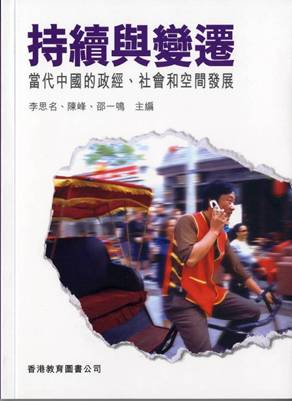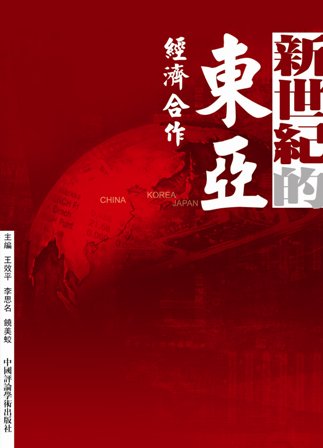
HKBU | Eng | 中文 | Contact | Quick Links

Books |
||
|---|---|---|
Housing Inequality in Chinese CitiesEdited by Youqin Huang, Si-ming Li Published by Routledge Published in 2014 Description: In recent decades, Chinese cities have experienced profound social, economic and spatial transformations. In particular, Chinese cities have witnessed the largest housing boom in history and unprecedented housing privatization. China now is a country of homeowners, with more than 70 per cent of urban residents owning homes, higher than many developed countries. This book shows how China’s spectacular housing success is not shared by all social groups, with rapidly rising housing inequality, and residential segregation increasingly prevalent in previously homogeneous Chinese cities. It focuses on the two extremes of the residential landscape, and reveals the stark contrast between low-income households who live in shacks in so-called ‘urban villages’ and the nouveaux riches who live in exclusive gated villa communities. Over four parts, the contributors look at the degree to which inequality affects Chinese cities, and the extent of residential differentiation; housing for the urban poor, and in particular, housing for migrants from rural China; housing for the rapidly expanding Chinese middle class and the new rich; and finally, governance in residential neighbourhoods. Housing Inequality in Chinese Cities presents theoretically informed and empirically grounded research into the polarized residential landscape in Chinese cities, and as such will be of great interest to students and scholars of Chinese studies, urban geography, urban sociology, and urban studies. |
 |
|
《持續與變遷:當代中國的政經、社會和空間發展》 “Continuity and Change: Political Economy, Society, and Spatial Development of Contemporary China” 主編: 李思名、陳峰、邵一嗚 出版發行: 香港教育圖書公司 出版年份: 2008 內容簡介 中國的改革已走過了三十年的路程。在歷史的長河裏,三十年也許微不足道,但它已使中國發生了翻天覆地的變化。一個改變了的中國將對世界產生重要的影響。本書收入了 19 篇主要為香港浸會大學從事中國研究的學者(包括研究生和來自內地的訪問學者)的論文,從政治、國際關係、經濟、社會、地理、文化諸方面探討了當代中國的最新發展,旨在勾畫出變遷的脈絡,描繪出未來的圖景。本書各章都力求深入淺出,將實證研究和社會科學理論相結合,務求真實反映中國的變化、問題和面臨的挑戰。本書除了可作為當代中國的入門課本以外,也可供專業的中國研究學者參考。 |
 |
|
《新世紀的東亞經濟合作》 主編: 王效平、李思名、饒美蛟 出版發行: 中國評論學術出版社 出版年份: 2007 內容簡介 本書是以「中華經濟協作係統第十一屆國際研討會(CSCE XI)」上專家學者所提交學術論文為基礎編輯而成,它匯編了30餘篇以東亞區域經濟發展和合作為主題的論著。主要分為以下四部分:Ⅰ.從宏觀角度論東亞區域整合,Ⅱ.對次區域經濟圈「環黃海經濟圈」內經濟合作分析與探討,Ⅲ.「特區」政策的國際比較,Ⅳ.東亞各國家或地區經濟專題分析。
|
 |
|
《區域經濟合作CEPA與珠三角及長三角》 主編: 饒美蛟、李思名、施岳群 出版發行: 商務印書館 出版年份: 2006 內容簡介 本書是饒美蛟教授等學者繼《新經濟及兩岸四地經貿合作》(商務,2002) 及新出版的《港澳與珠江三角洲的經濟合作》(三聯,2006) 後,另一關於區域經濟合作的研究專著。顧名思義,本書的探索範圍除港澳與珠三角地區外,同時論及長江三角州、西部地區以及東亞各國(地區)之間的區域合作,如兩岸四地協作以及中國與日韓、中國與東盟自由貿易區等。 本書另一探索重點是關於2003年先後出台的《香港(或澳門)特別行政區與內地更緊密經貿關係安排》(CEPA)及其對區域經濟合作的影響。 全書共輯錄34篇論文,作者達四十多名,分別來自中港澳台及日本等地,都是專研中國及亞太經濟的專家學者,各作者對相關題材皆有獨到分析,對有興趣了解中國經濟最新發展的讀者,或對研究中國及亞太經濟的人士或研究機構人員,皆甚有幫助。
|
 |
|